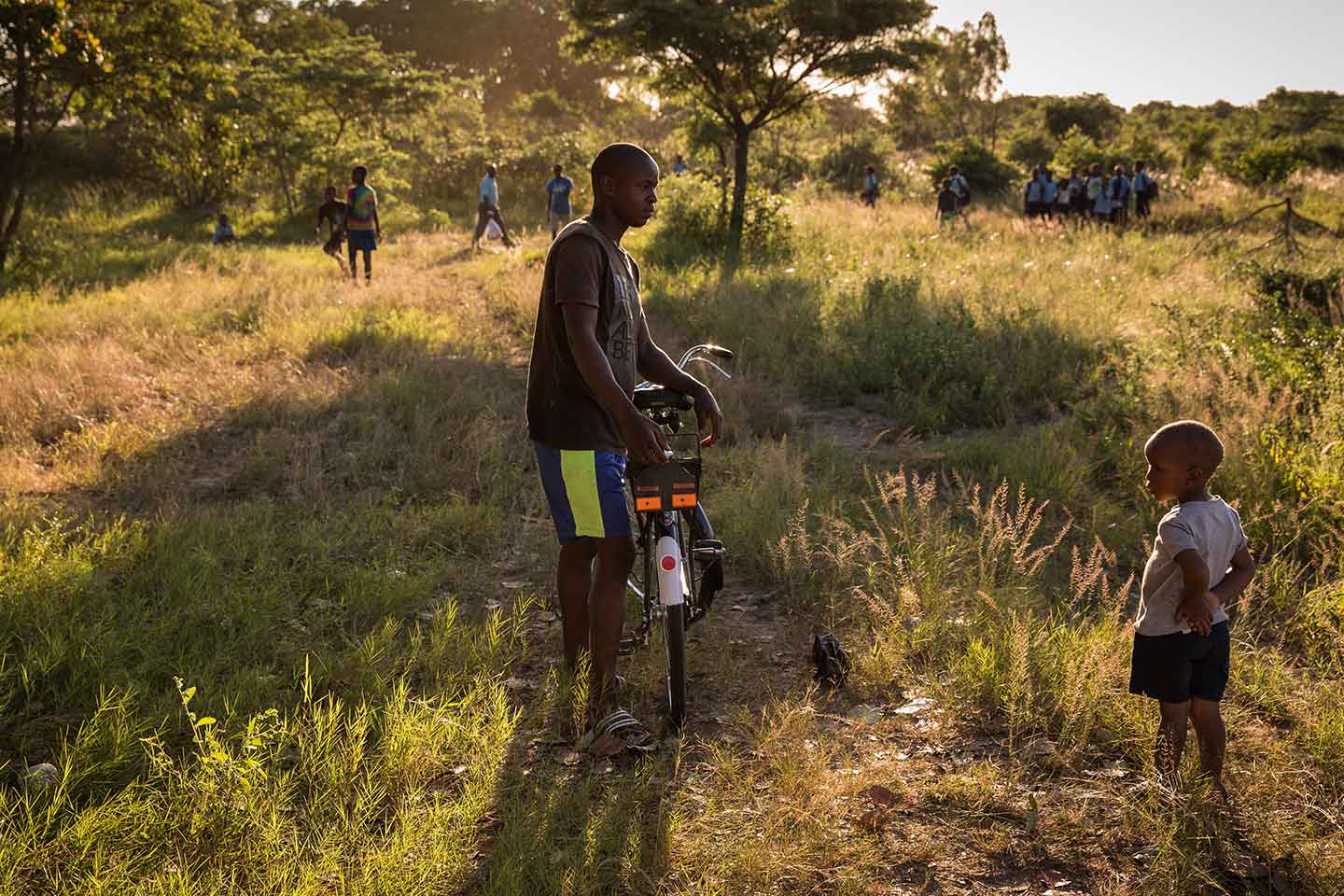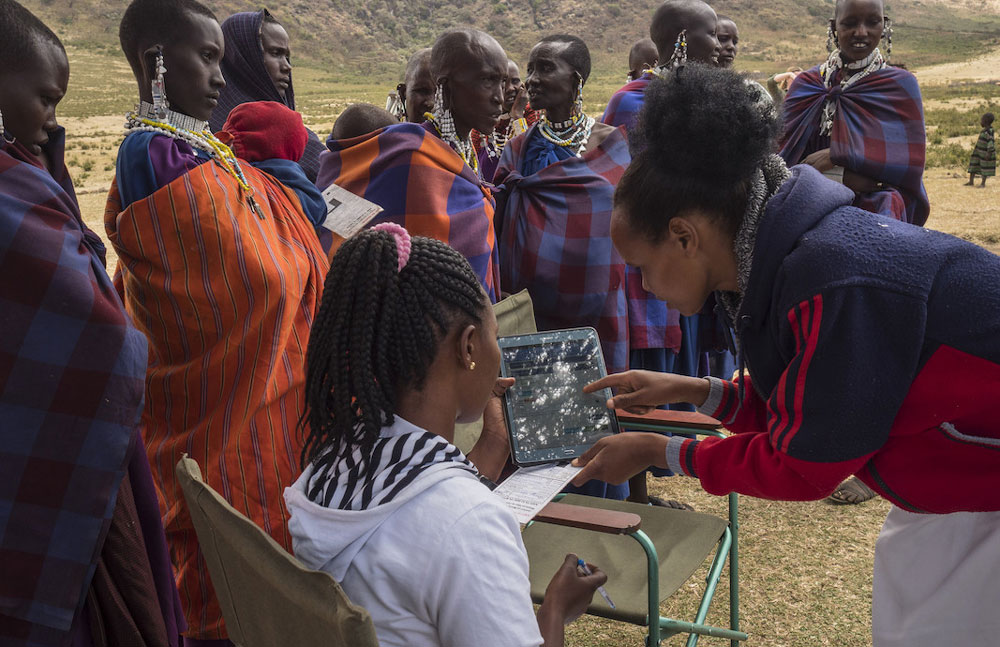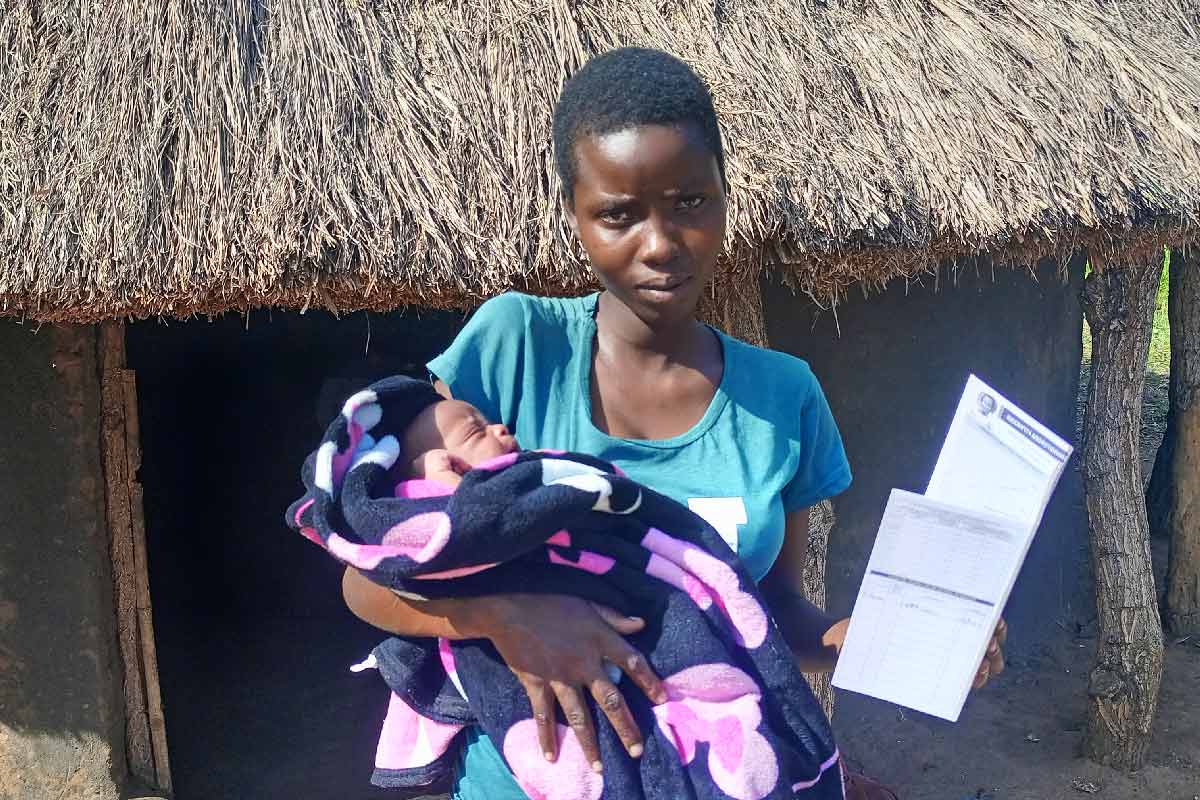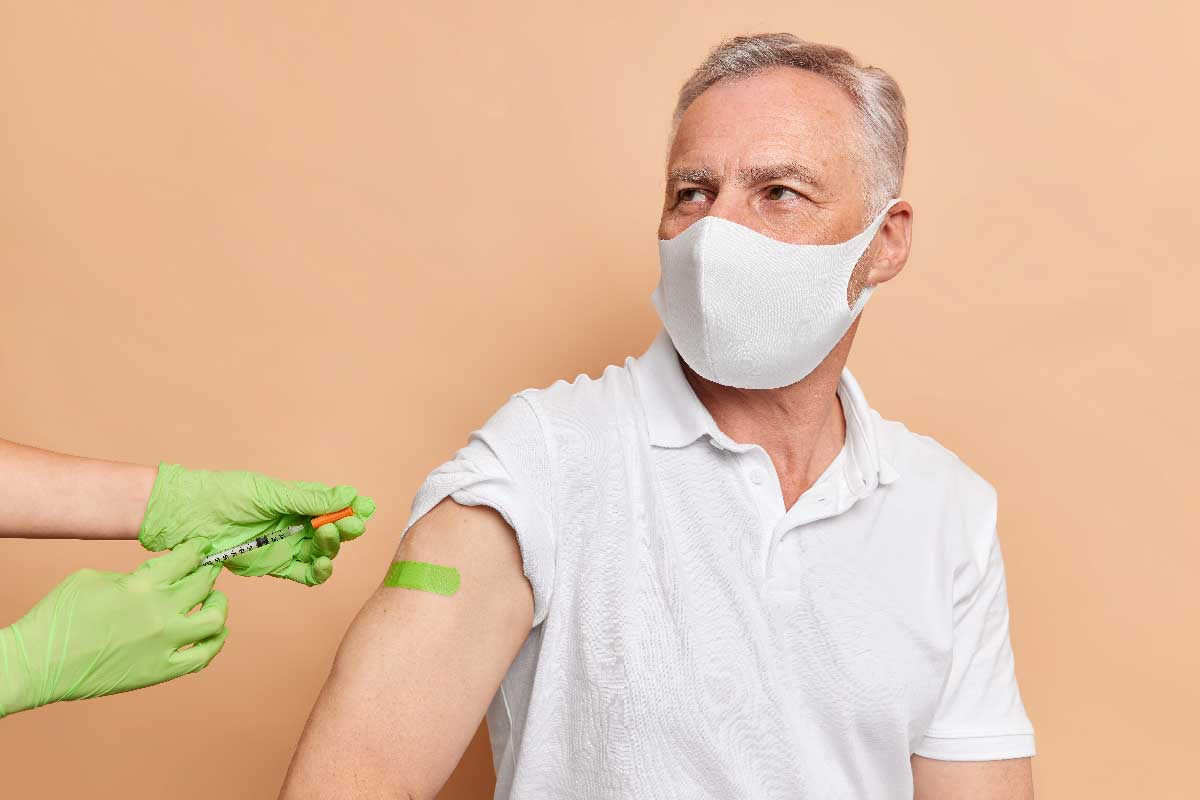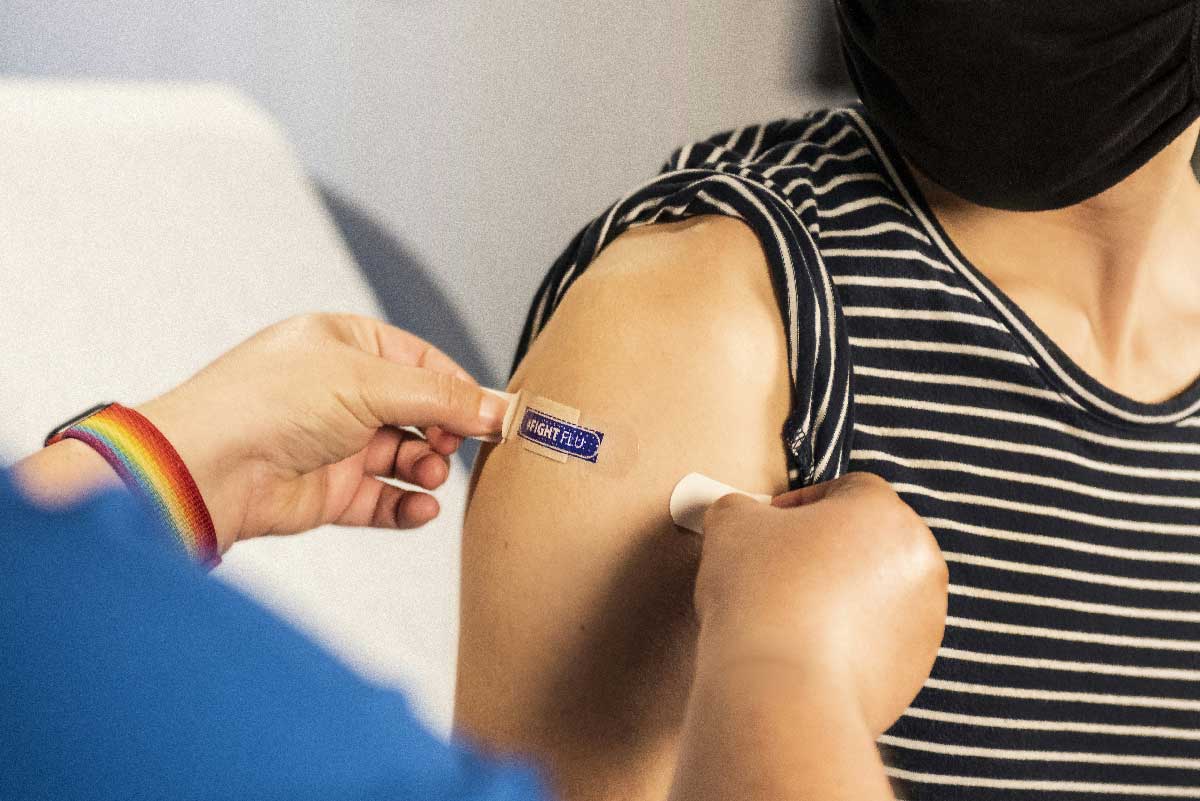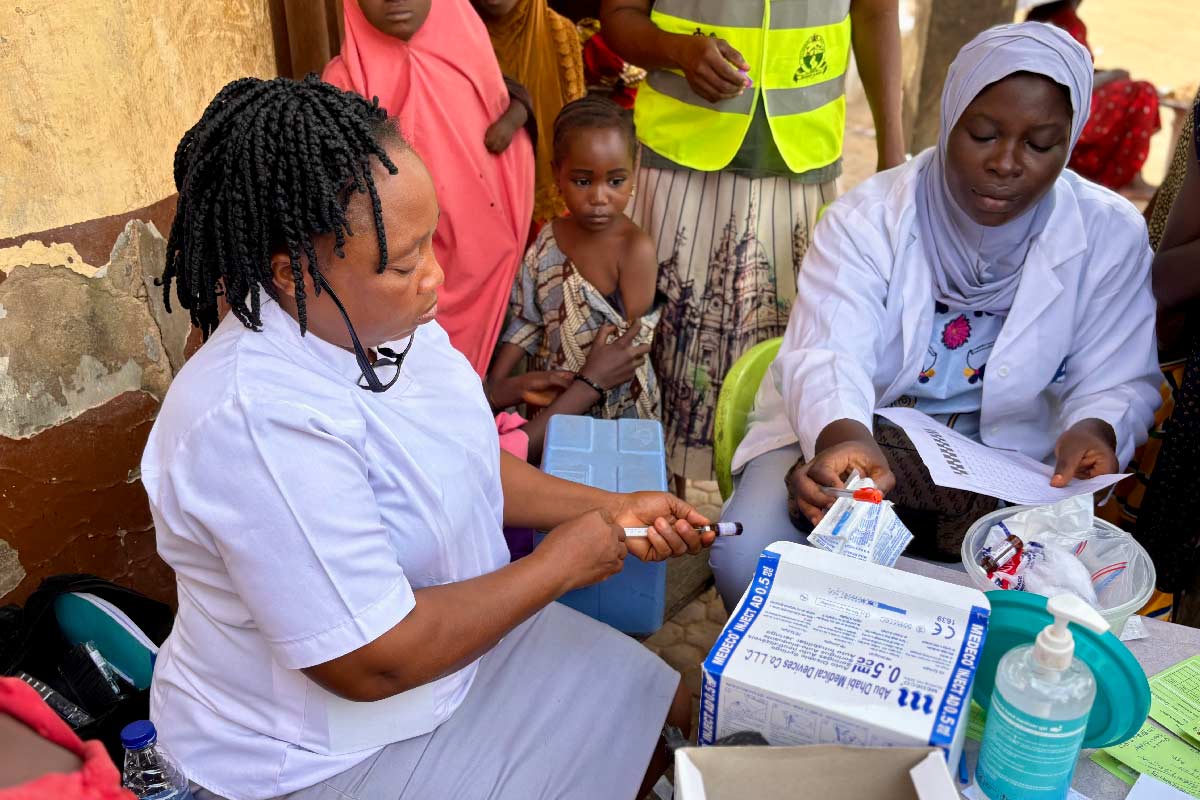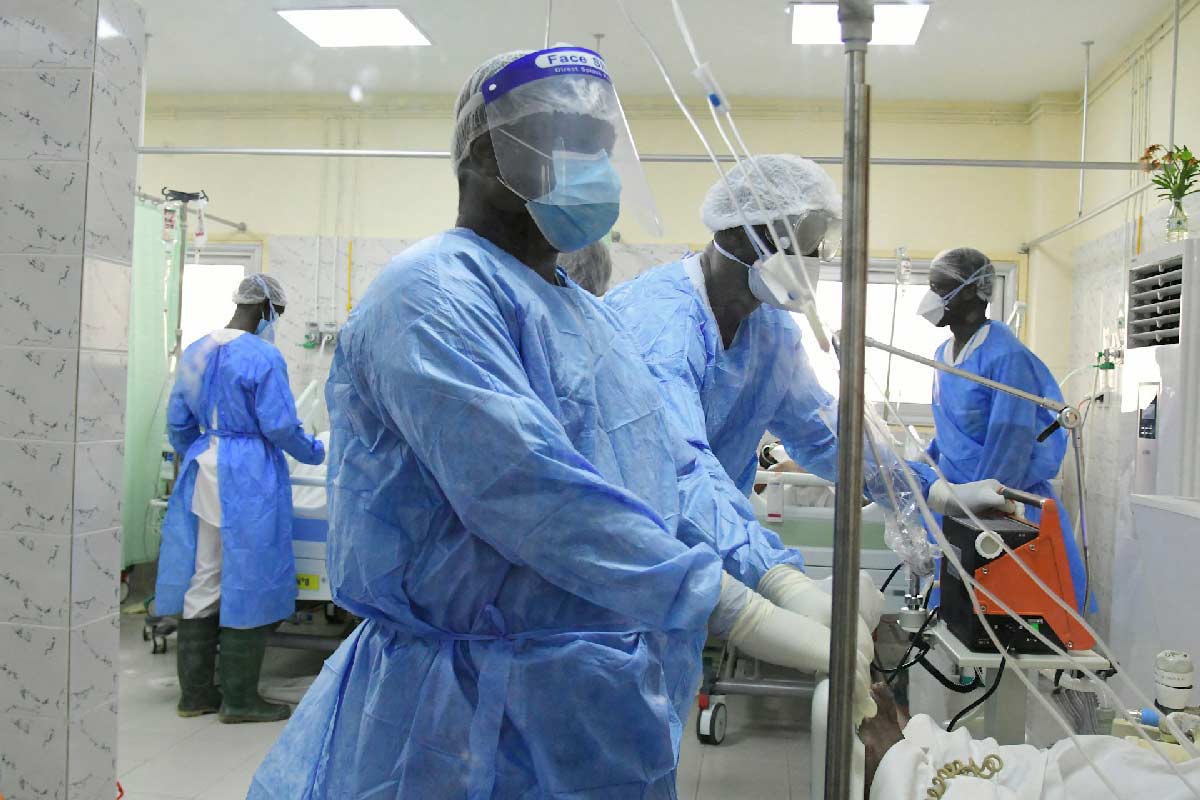Do mutations of COVID-19 virus in mink pose a threat to people?
With Denmark culling its entire farmed mink population following discovery of a mutated form of SARS-CoV2, are we at risk of further complications and diseases from animal-human transmission?
- 9 November 2020
- 4 min read
- by Alister Bignell
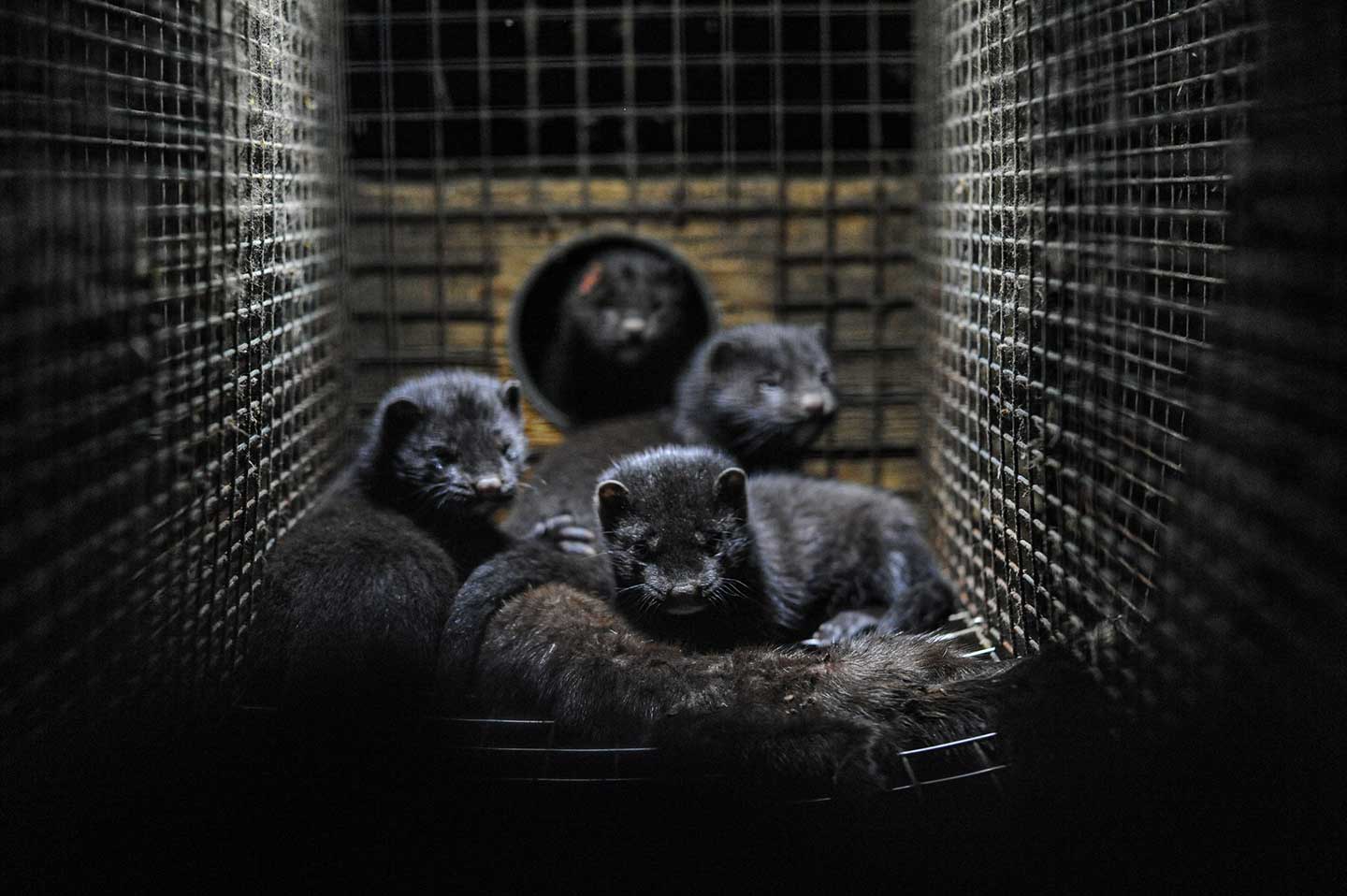
The latest unwelcome twist in the ongoing COVID-19 pandemic has emerged from mink farms in Denmark. Over 200 people have been infected with mink-associated variants of SARS-CoV-2 (the virus that causes COVID-19), thought to have passed between humans and mink. At least twelve farm workers are confirmed to have been infected with a specific mutated form of SARS-CoV-2 – called ‘cluster 5’ – although the Danish health minister has admitted that this strain may be circulating more widely among people in the north of the country.
Some have speculated that the emergence of this strain could jeopardise the effectiveness of many of the COVID-19 vaccines under development, but although the news is a wake-up call, it isn’t necessarily cause for deep concern.
Cross-species transmission
We already knew that mink are susceptible to the new coronavirus because of an outbreak at a different mink farm in the Netherlands in April. Here too, infected farm workers transmitted the virus to the animals, it mutated, and then spilled back into humans – although that outbreak was quickly contained, so further human-to-human transmission doesn’t appear to have occurred. Denmark is the world’s largest mink producer, and the animals are kept at close quarters, meaning that if an animal gets infected, the virus will quickly spread. Culling the Danish mink is therefore a good idea.
The virus has also been transmitted to other animals that have been in contact with infected humans, including cats, dogs, lions and tigers. And, although the precise origins of the COVID-19 pandemic are still unconfirmed, bats are a prime suspect.
Increasingly, virologists suspect this inter-species ‘promiscuity’ may be a defining feature of SARS-CoV-2. They are currently investigating whether it could spread from mink to other wild relatives, such as weasels, ferrets, badgers and martens.
Moving target
Viruses are continuously evolving as they replicate and circulate in populations, but while this can pose challenges in some cases, like influenza, most of the time the mutations that they accrue are harmless. Occasionally though, a mutation will alter a virus’s ability to infect people or result in more serious disease in those who are infected.
The relative ease with which this coronavirus adapts to new species is alarming because, if unchecked, it could result in greater genetic diversity among circulating SARS-CoV-2. This could give the virus more evolutionary room to play with if and when it is faced with a challenge that threatens its survival, such as a drug or vaccine: it could enable it to find a workaround.
Have you read?
Mink mutations
All the mutations known to have arisen in mink so far are in the ‘spike’ protein the coronavirus uses to gain entry to cells. This protein is also at the heart of many of the vaccines being developed against SARS-CoV-2, and the worry is that such mutations could render a vaccine less effective.
There is some evidence that virus particles from the ‘cluster 5’ variant are less well neutralised by antibodies taken from people who have had COVID-19. However, a lack of available scientific information makes further interpretation of the wider consequences impossible for now. It is too early to know if such changes will cause vaccines or immunity to fail, and it would be unusual for small mutations to render a vaccine ineffective.
If a mutation did reduce a vaccine’s efficacy, it could also be relatively easy to tweak the vaccine – particularly for some of the next-generation vaccines under development, such as mRNA vaccines.
The mink incident does, however, highlight the critical role of surveillance in keeping track of how SARS-CoV-2 is evolving. The World Health Organization has advised all countries to increase their surveillance of how the virus is mutating, by sampling and sequencing SARS-CoV-2 from patients – particularly in geographic areas close to any animal reservoirs that are identified – and to share this data internationally, where possible. It has also asked governments to strengthen biosafety and biosecurity measures around known animal reservoirs, such as mink farms, to limit the risk of further zoonotic events.
While such containment measures can be taken, zoonotic diseases continue to pose pandemic threats as the human-animal-environment interface grows increasingly intermingled and complex. Dealing with the original spillover event and continued cross-species mixing of SARS-CoV-2 reminds us of the urgent need for holistic approaches to protect human and environmental health.
